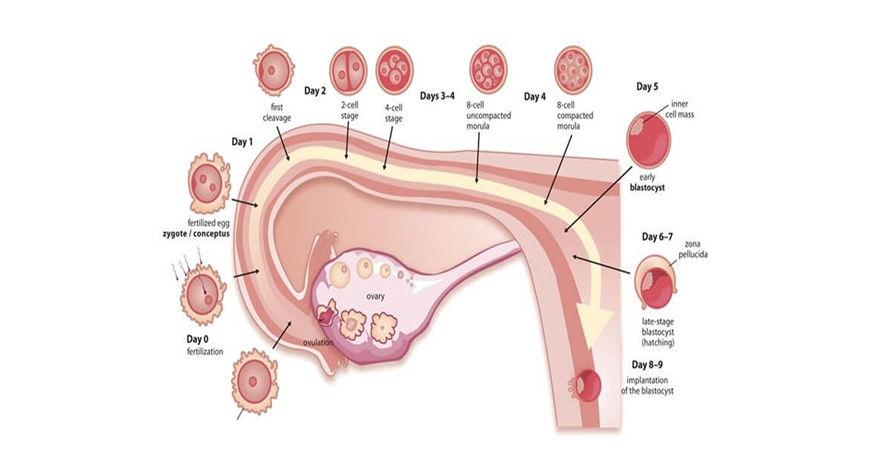
Blastocyst transfer, also known as advanced embryo culture, can be defined as an improvisation in the regular IVF procedure which involves extending the culture period of the embryos for 5 days before implanting it inside the mother’s womb. Blastocyst transfer is a revolutionary technique that has transformed the way IVF was performed as this significantly increases the chances of success while alleviating the need for multiple IVF cycles.
At Medfemme, we thrive towards offering the finest treatment plans to our patients which would yield the best result for them. Blastocyst technique offers promising results by maximizing the chances of a healthy conception and increasing the implantation rates. Blastocyst culture and transfer is a very important step that requires utmost precision and skill. We bring to your care a team of highly specialised IVF experts with years of experience and knowledge who leave no stone unturned in delivering results that are exemplary in every sense. However, it is pertinent to note that blastocyst transfer is not suitable for all cases, also, not all embryos progress to the blastocyst stage. In such cases, we recommend day-3 embryo transfer.
A blastocyst is an embryo with a complex cellular structure that has been left to develop for an extended period of 5 days prior to its implantation. It consists of an inner cellular mass (ICM) which forms the embryo. The blastocyst is surrounded by a layer of cells collectively known as the trophoblast which forms the placenta. Trophoblast encompasses the ICM and a fluid-filled cavity i.e. blastocoel. A blastocyst is a result of cell differentiation that takes place about 5 to 6 days post-fertilization. The blastocyst is surrounded by the zona pellucida which is a layer of glycoprotein. Once it is inside the womb, the zona pellucida ruptures and the blastocyst gets implanted on the endometrium, where it grows naturally.
Blastocyst transfer is the gold standard option if a large number of eggs are fertilized in a single IVF cycle as this allows the doctors to select the best embryo which will result in a healthy and successful pregnancy. The various benefits of blastocyst transfer include:
